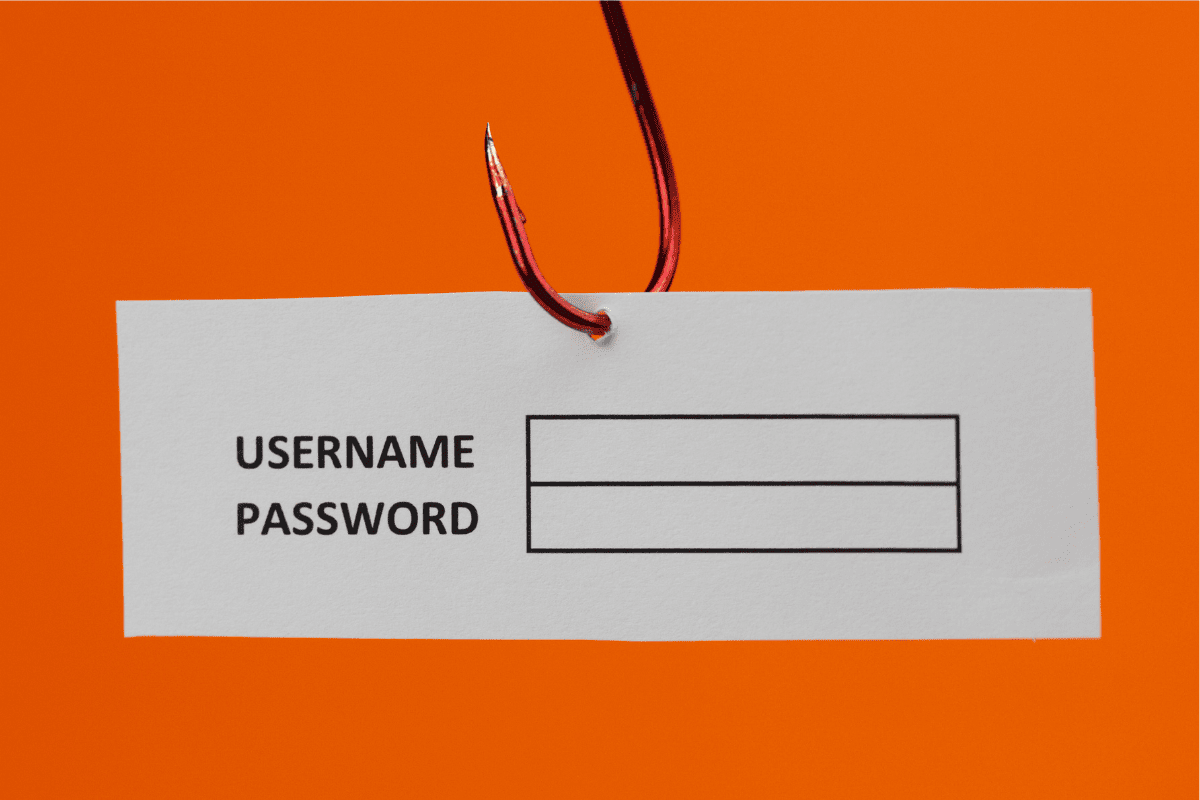One of the most common ways to breach business systems is phishing. All it takes is one employee, one email, one click and your business is at risk and your data vulnerable.
Email phishing is a type of cyber-attack that has been around for many years and continues to be a major threat to individuals and businesses. In this blog post, we will discuss what email phishing is, its types, how it works, and what steps you can take to protect yourself and your organization.
What is Phishing?
Phishing is the sending of fraudulent emails that appear to be from a reputable source, such as a bank, government agency, or business partner, but contain a link to a fake website or a malicious attachment.
How Does Email Phishing Work?
Email phishing works by exploiting human psychology and trust. Attackers create a fake email that combines apparent legitimacy with a required, and often urgent, request for action such as updating account information or resetting a password.
Once a victim clicks on the link or opens the attachment, they are directed to a fake website that looks almost identical to the real one or is infected with malware, such as a keystroke recorder. The victim is then prompted to enter sensitive information into a sign-on form or field which is captured by the attacker and used for fraudulent purposes.
Types of Phishing
Deceptive Phishing
This is the most popular type of phishing attack, whereby the attacker attempts to obtain confidential information from their targets by impersonating an authentic organization. This information may then be used to steal money or plan further attacks.
Spear Phishing
This mode of phishing attacks specific individuals instead of a group of people. With spear phishing, communication is customized to seem more authentic. Attackers gain individual insights by doing research on their targets via social media platforms and other websites. Spear phishing helps hackers infiltrate an organization before conducting a targeted attack.
Whaling
Whaling refers to a targeted phishing attack on high-level executives of an organization. Like its counterpart, spear phishing, this attack uses extensive research on the target before seizing the opportunity to steal their login credentials. Whaling is considered a much more dangerous form of phishing as it targets top executives who have access to critical company data.
Pharming
Pharming takes users to a malicious website under the impression that it is an authentic one. However, with pharming, the targets are not even required to click on a particular link to be redirected to the fraudulent site. The attack infiltrates the target’s computer or the website’s DNS server and redirects the user to the malicious site—even when the correct URL is typed in.
Clone Phishing
Here, the attacker accesses an email sent from a legitimate source and alters it slightly by adding a link to a malicious page. This email is then sent to multiple people. When a user clicks on the attachment in the email, it gets forwarded to people in the contact list of that user.
Voice Phishing
Also known as “vishing”, voice phishing involves fraudulent phone calls to obtain sensitive information from individuals. The hacker tricks the employee by disguising themselves as a company representative or a support staff.
Voice phishing is usually carried out to get credit card details and other confidential information from the target.
What can your small business do to detect and protect against phishing attacks?
Here are some steps your business can take to detect and protect against phishing attacks:
Train your employees
Because phishing is primarily a psychological attack, one of the most important security steps a business can take is educating employees on how to identify phishing emails and ensure that they know not to click on links or download attachments from unknown senders.
Keep software up to date
Keep all software up to date, including your operating system, web browsers, and anti-virus software. Security patches and updates often contain fixes for known security vulnerabilities that cybercriminals may exploit.
Conduct regular security assessments
Regularly assess your business’s security measures to identify potential vulnerabilities and take steps to address them.
Deploy and maintain anti-virus software
If the phishing attack aims to install malware on your computer, up-to-date anti-virus software may help prevent the malware from installing.
Utilize email filters
Many email services have configurable filters which can help prevent many phishing messages from ever reaching users’ mailboxes.
Configure email security technologies
Email services can also implement email authentication technologies that verify where messages originated and can reject messages that are spoofed. Check with your provider to see what security options are available.
Enable anti-phishing capabilities
Email clients and web browsers often have anti-phishing capabilities. Enable available capabilities to help protect against phishing attacks.
Use strong passwords
Encourage your employees to use strong, unique passwords for each of their accounts, and require them to change their passwords regularly.
Implement multi-factor authentication (MFA)
MFA requires an additional form of authentication (e.g., a code texted to your phone number) in addition to your password. If MFA is enabled for your accounts, an attacker may still not be able to access your account even if you are tricked into providing your password.
Conclusion
Phishing attacks are a common form of cyberattack that can cause significant damage to businesses, including financial loss, data theft, and reputational damage. By continuously educating your organization about phishing and taking these critical steps, you can reduce the risk of falling victim to a phishing attack.
Dig deeper. Do not fall victim to cybercrime.
Sources:
https://www.nist.gov/itl/smallbusinesscyber/guidance-topic/phishing





